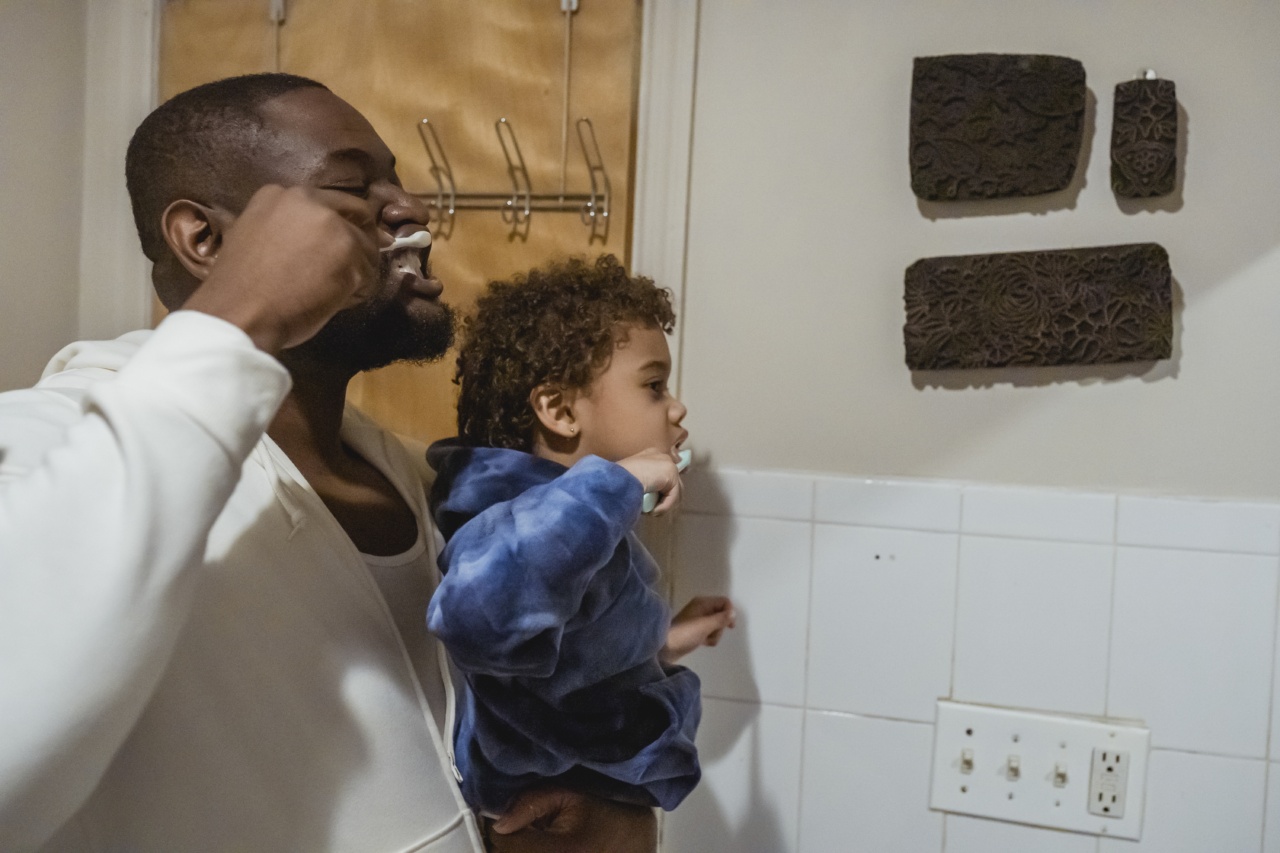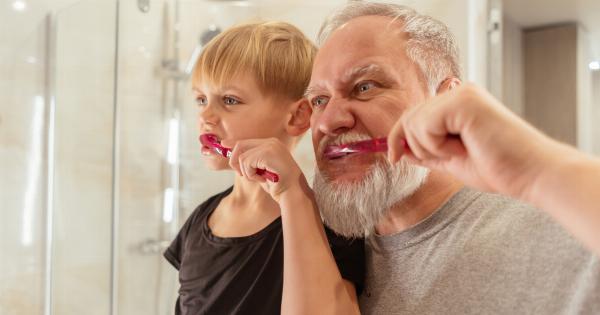Oral hygiene is an essential part of overall health, and brushing teeth is a crucial element of it. Children should brush their teeth twice a day, and parents should supervise the brushing until their kids can do it right.
It’s not just the frequency of brushing that matters, but also the technique used. Brushing teeth the right way can protect against plaque buildup, tooth decay, gum disease, and bad breath. Without proper brushing, your child might suffer from oral health issues, which can lead to significant pain and discomfort.
Here’s what you need to know about the proper way to brush your child’s teeth.
Step-by-Step Guide: The Right Way to Brush Children’s Teeth
Using proper brushing techniques is vital to ensure that your child’s teeth and gums remain healthy. Below are the ten steps to brush your child’s teeth:.
1. Choose the Right Toothbrush and Toothpaste
The first step in proper brushing is selecting the right tools. Choose a soft-bristled toothbrush with a small head, specifically designed for children’s teeth. Make sure the toothpaste contains fluoride, which helps to prevent cavities.
Only use a pea-sized amount of toothpaste as too much can make it difficult for your child to spit it out and may lead to swallowing and potential health risks.
2. Begin with the Back Teeth
Start at the back of your child’s mouth and gently scrub the molars (back teeth), moving the brush in circular motions. Make sure you reach the biting surfaces, sides, and rear of each tooth.
Then, go to the front teeth and use the same circular movements.
3. Clean the Gum Line
Go back to the molars and gently brush along the gum line – where the gums meet the teeth. Don’t press too hard, or the bristles may hurt your child’s gums.
Brushing along the gum line ensures that there is no buildup of plaque, which can cause gum disease.
4. Brush the Tongue and Inside of the Cheeks
A lot of bacteria can accumulate on your child’s tongue and the inside of their cheeks. Use gentle circular motions to brush these areas and eliminate bacteria.
5. Brush for Two Minutes
The American Dental Association (ADA) recommends that children brush their teeth for two minutes twice a day. Make sure you brush every tooth surface thoroughly within this time.
Playing a song or using a timer can help your child brush for the recommended time.
6. Don’t Forget to Floss
Even after brushing, there might still be food particles trapped between the teeth, which can cause plaque buildup. Flossing helps to remove these particles and improves oral hygiene.
Begin teaching your child to floss as soon as they have two teeth that touch each other.
7. Rinse with Water
After finishing brushing, rinse your child’s mouth with water several times to remove any leftover toothpaste.
8. Use a Mouthwash
A mouthwash is optional, but it’s an excellent addition to a good oral hygiene routine. Look for an alcohol-free mouthwash specifically designed for children. The mouthwash helps to kill any leftover bacteria and keeps the breath fresh.
9. Replace Toothbrushes Regularly
Toothbrushes can harbor bacteria and lose their effectiveness over time. Replace your child’s toothbrush every three to four months, or sooner if the bristles start to wear out or your child has been sick.
10. Visit the Dentist Regularly
Even with proper brushing, kids still need to see the dentist regularly for checkups and cleanings. Your dentist can spot any potential oral health problems and make sure your child’s teeth are developing properly.
The ADA also recommends that children visit a dentist as soon as their first baby teeth appear, or no later than their first birthday.
Final Thoughts
Proper brushing techniques can make a significant difference in oral health and overall well-being. Supervising your child’s brushing and flossing and teaching them the right way from an early age can set them up for success.
Remember, healthy teeth lead to happy children – and parents. With the right tools, techniques, and a little bit of patience, you can ensure that your child’s smile remains bright and healthy.




























